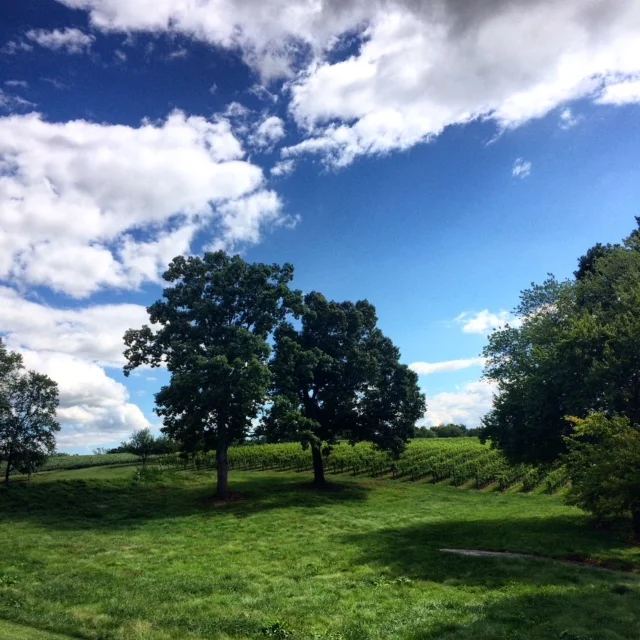Oak - or better yet, Quercus
One of the biggest draws to visiting a winery is going into the cellar and ogling over the stacks and stacks of barrels - hopefully full of delicious wine. The oak barrel is a very romantic aspect of the winemaking process as the wine is allowed to age for many years, change, and obtain more complex aromas.
We went to this really great class on Oak at RayLen Vineyards last week conducted by their winemaker Steve Shepard. We have recently been diving deep into everything oak, and with the extra tidbits we learned from Steve, we thought we would share some takeaways with you.
- The majority of the oak comes from France or America. The oaks from these two countries are actually different species in the same Quercus family. French oak has a tighter grain and is way more expensive. American oak can impart a dill aroma - that you will never forget once you smell.
- There are a lot of options! When picking our your barrel you have a lot of decisions to make. Size (the smaller the barrel, the more oak flavor you will get), toast level (how much they char the inside of the barrel), and toasted heads (no that is not the name of a rock band). The options are endless for how much flavor you want to impart on your wine!
- Evaporation happens! You have to top off the barrels with wine to make sure they remain full. Evaporation is good because it concentrates the wine (water evaporates faster than alcohol). But leaving space in the barrel is bad - a film will grow and ruin your wine. Barrels are not like a rotisserie, you cannot "set it and forget it".
- You are likely being tricked! There are now oak alternatives, so winemakers can speed up the oak aging process by dumping in oak chips to a tank of wine. So let's be honest, the $7 bottle of grocery store Cab Sauv has likely not been in a barrel long or at all. This is not bad, and the outcome can be good. It also allows you to buy cheap wine that tastes like it has been oak aged.
Cheers to your wines aged in oak!










